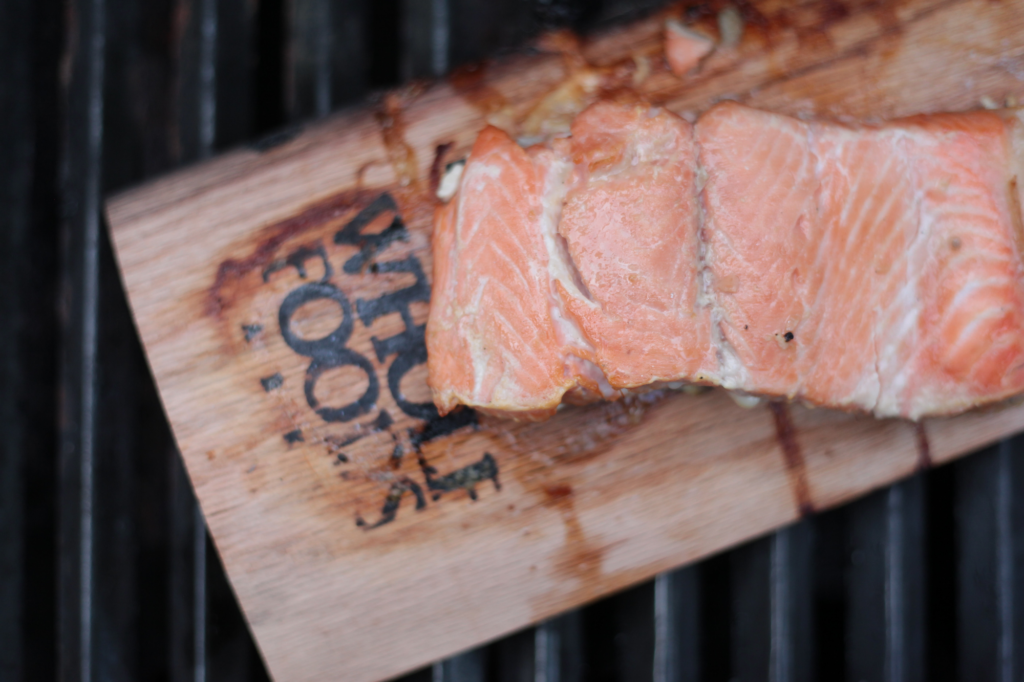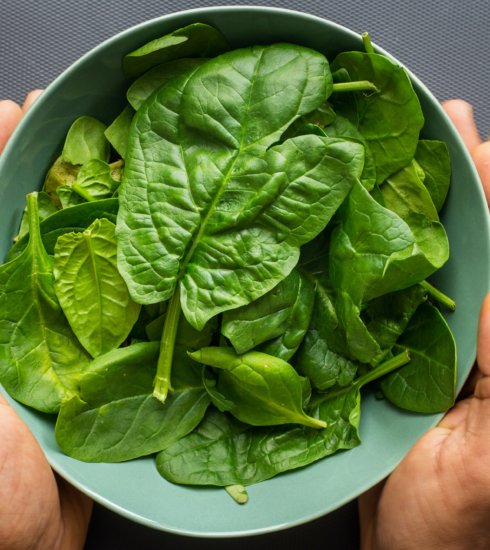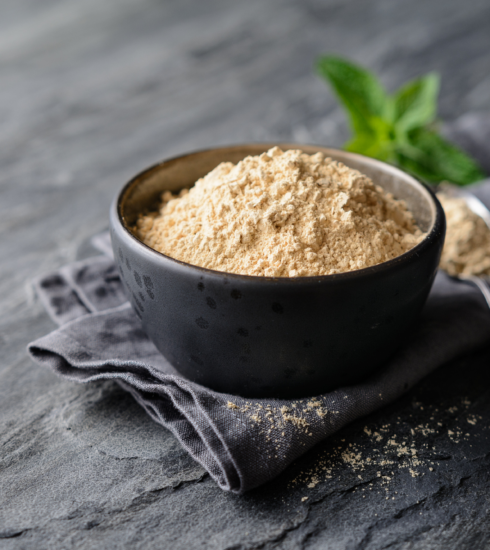The Essential Nutrients You Should Be Taking
For decades, having fat in your diet was believed to be detrimental to your health. But as more research has been done, scientists have found that certain fats are, in fact, a necessary part of many bodily functions. Read on to learn more about “good” fats and how you can get more of them.
What are Essential Fatty Acids?
Essential fatty acids are fats that the body cannot manufacture on its own but are required by every cell in the body. The two essential fatty acids are alpha-linolenic acid (ALA) from the Omega-3 family and linoleic acid (LA) from the Omega-6 family.
Omega-3 fatty acids are a type of polyunsaturated fat that must be obtained from food because the body cannot make them. The three types of Omega-3 fatty acids are ALA, eicosapentaenoic acid (EPA) and DHA.
Rather than being stored and used for energy, Omega-3s are vital in many bodily processes, including inflammation, heart health, and brain function.
Several conditions have been linked to Omega-3 deficiency including lower intelligence, depression, heart disease, arthritis, and cancer.
Get your necessary ALA fatty acids through foods like kale, spinach, soybeans, walnuts, and many seeds, such as chia, flax, and hemp.
EPA and DHA, derived mostly from seafood, help in warding off depression, develop the brains of infants, keep the skin and eyes healthy and have been linked to reducing the number of hot flashes in menopausal women. Lack of DHA is linked to impaired brain function and the onset of Alzheimer’s disease in adults.
EPA & DHA can be found in seafood such as in herring, salmon, eel, shrimp, and sturgeon. Grass-fed animal products, such as some dairy and meats, also contain EPA.











